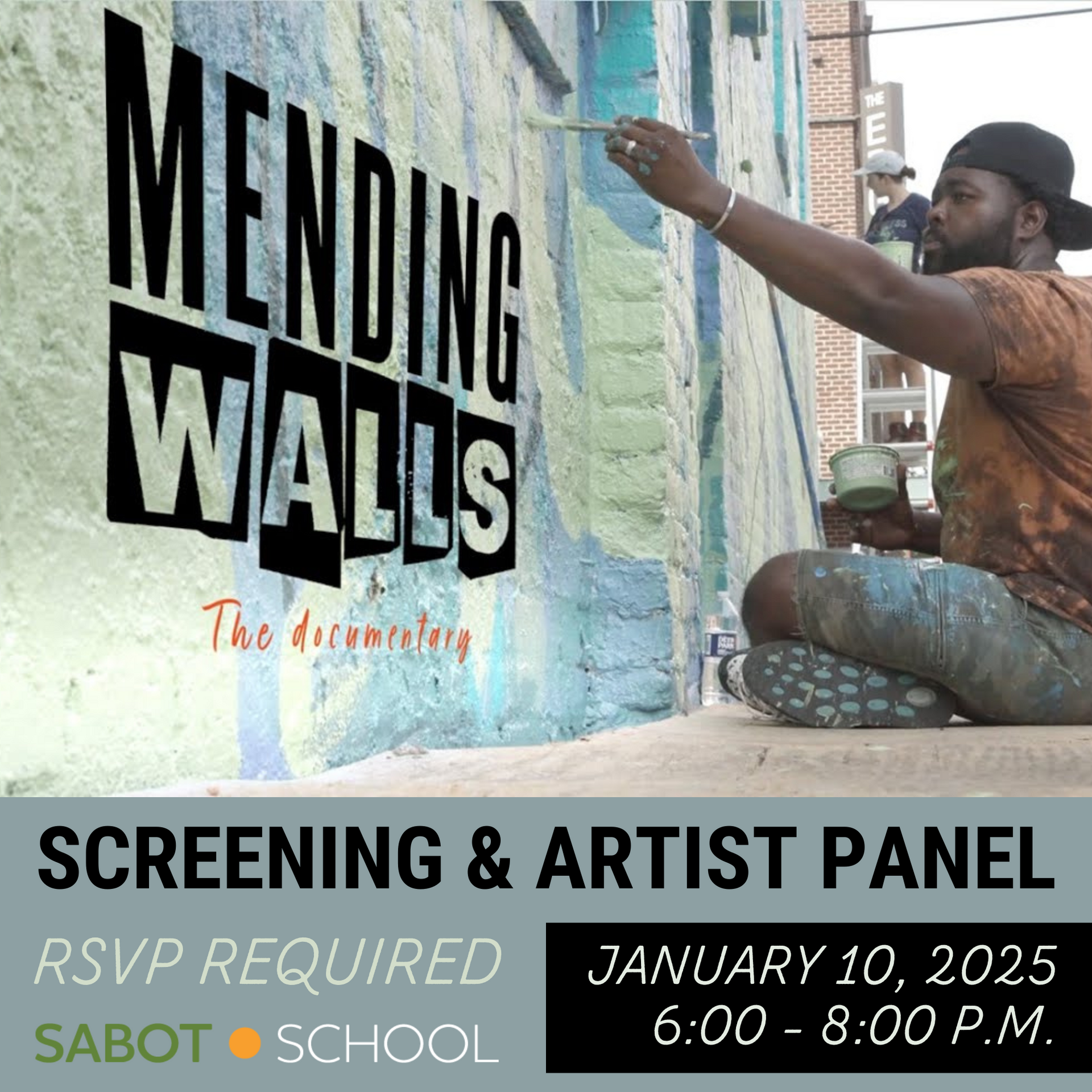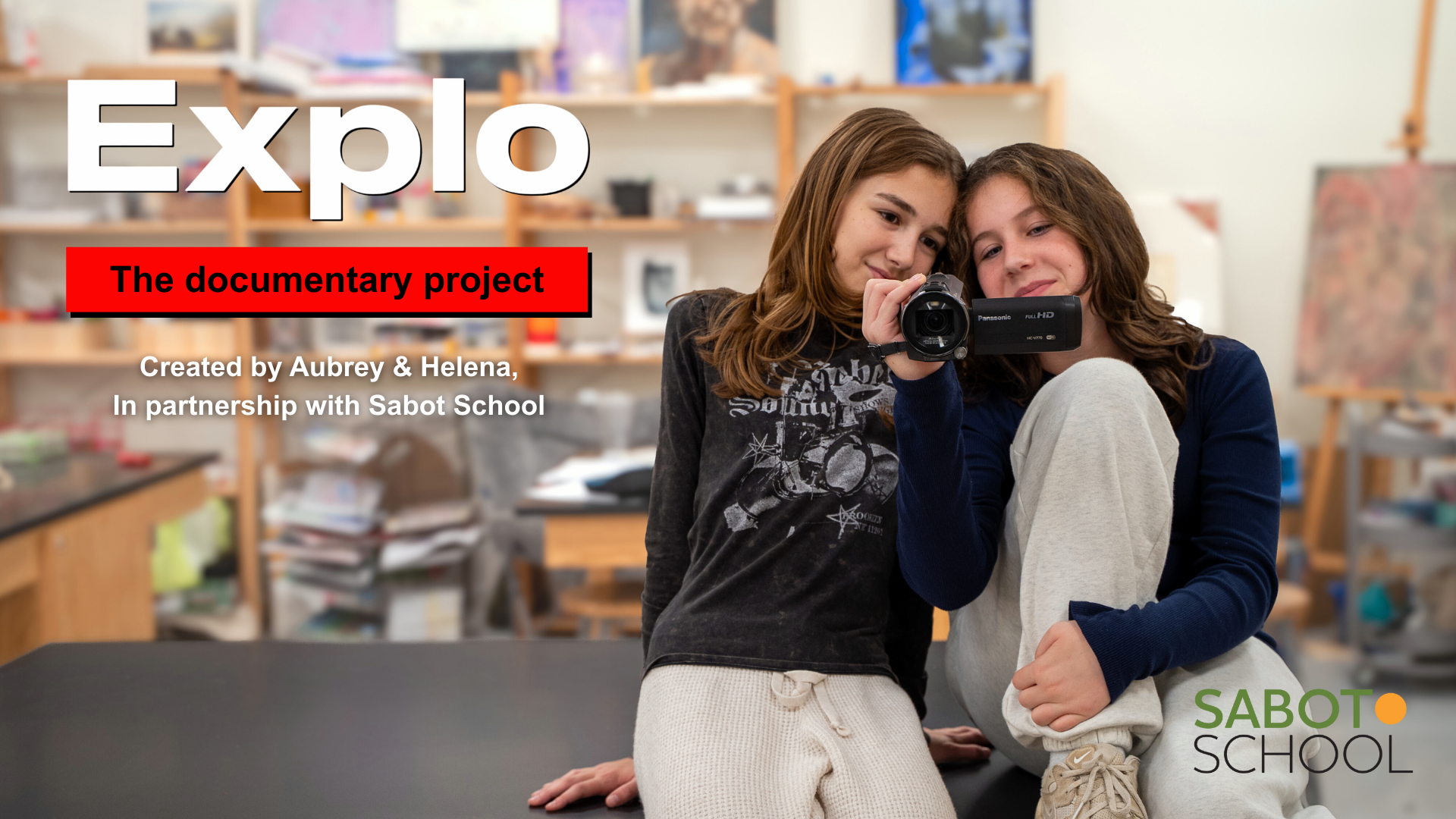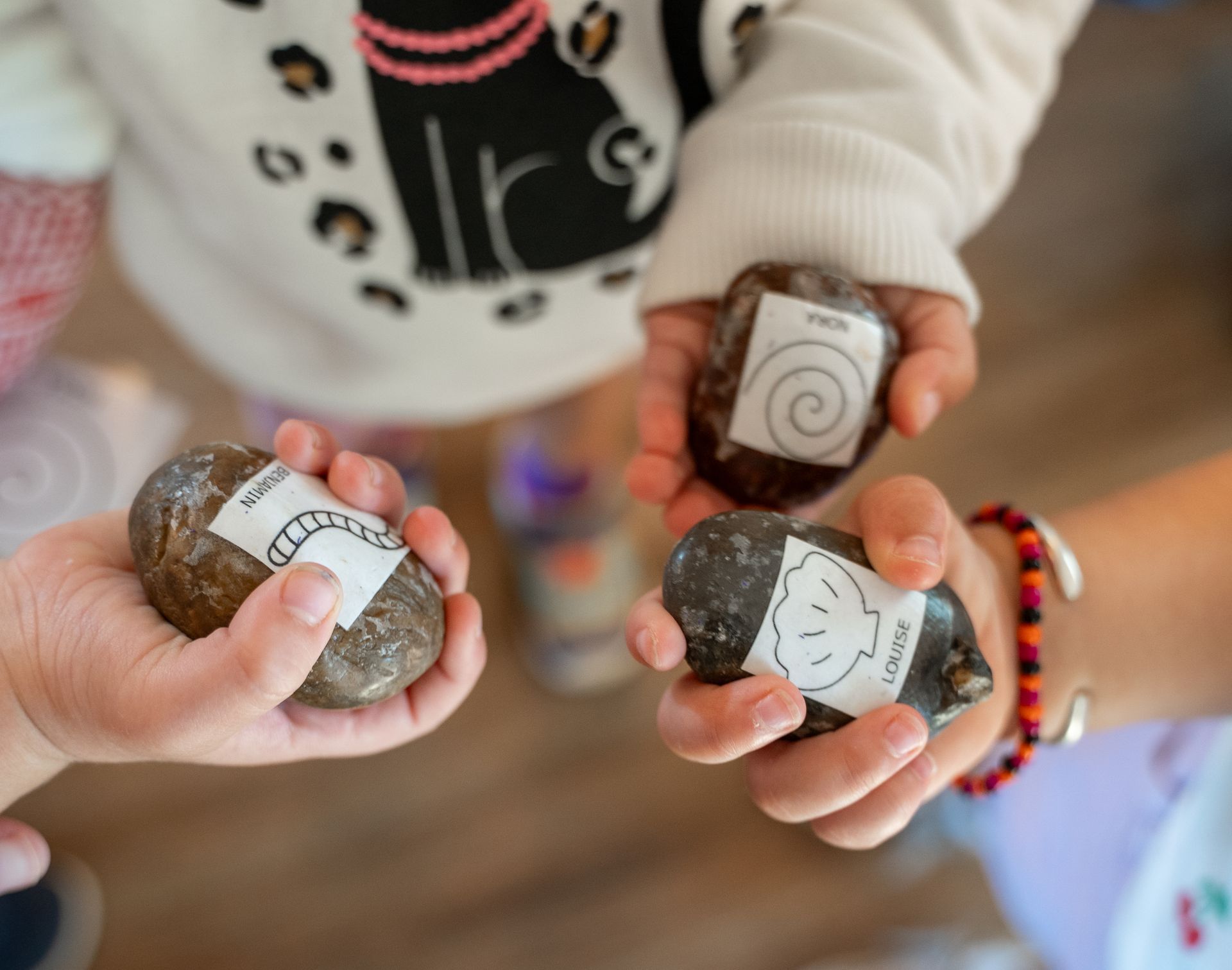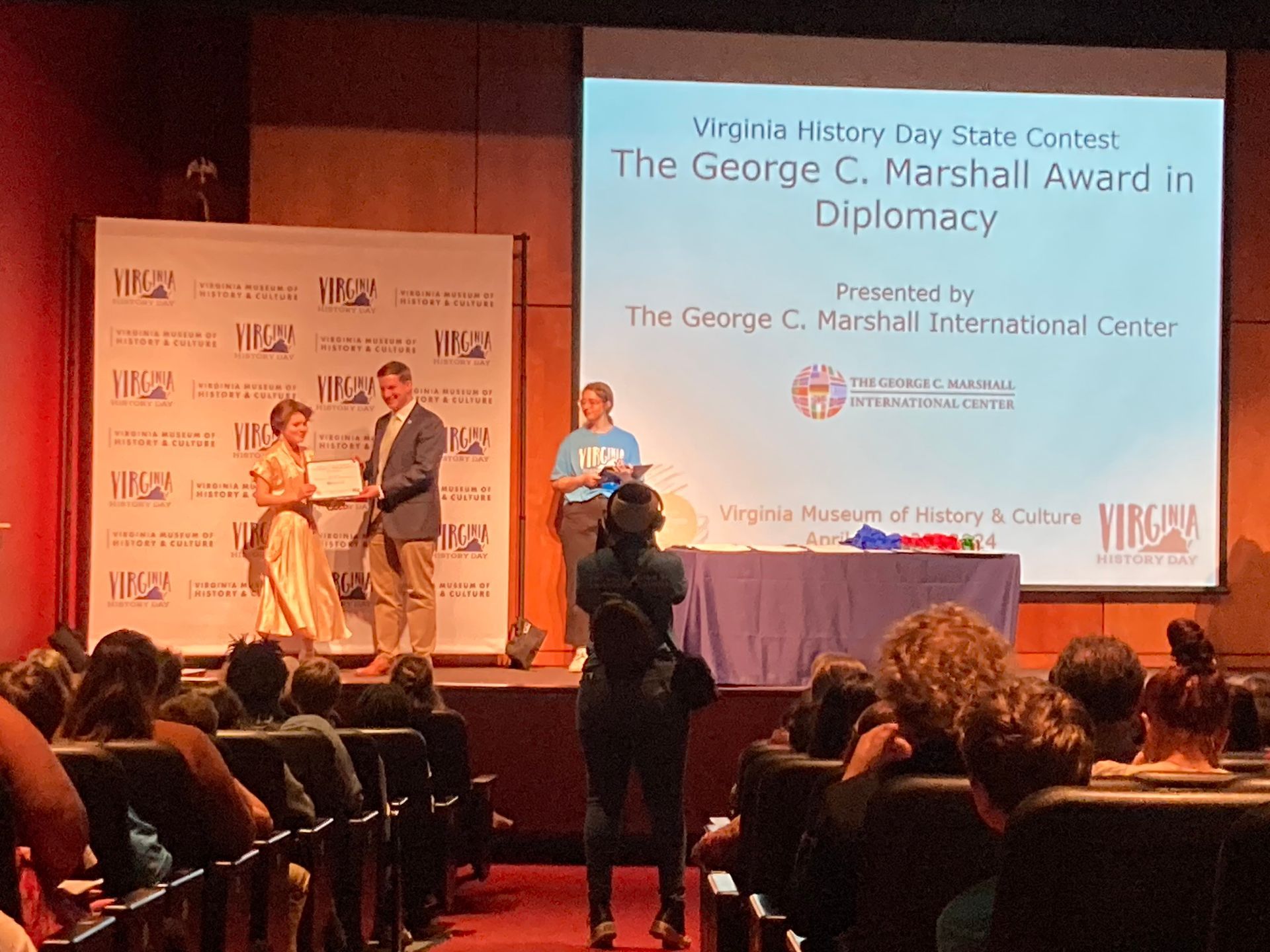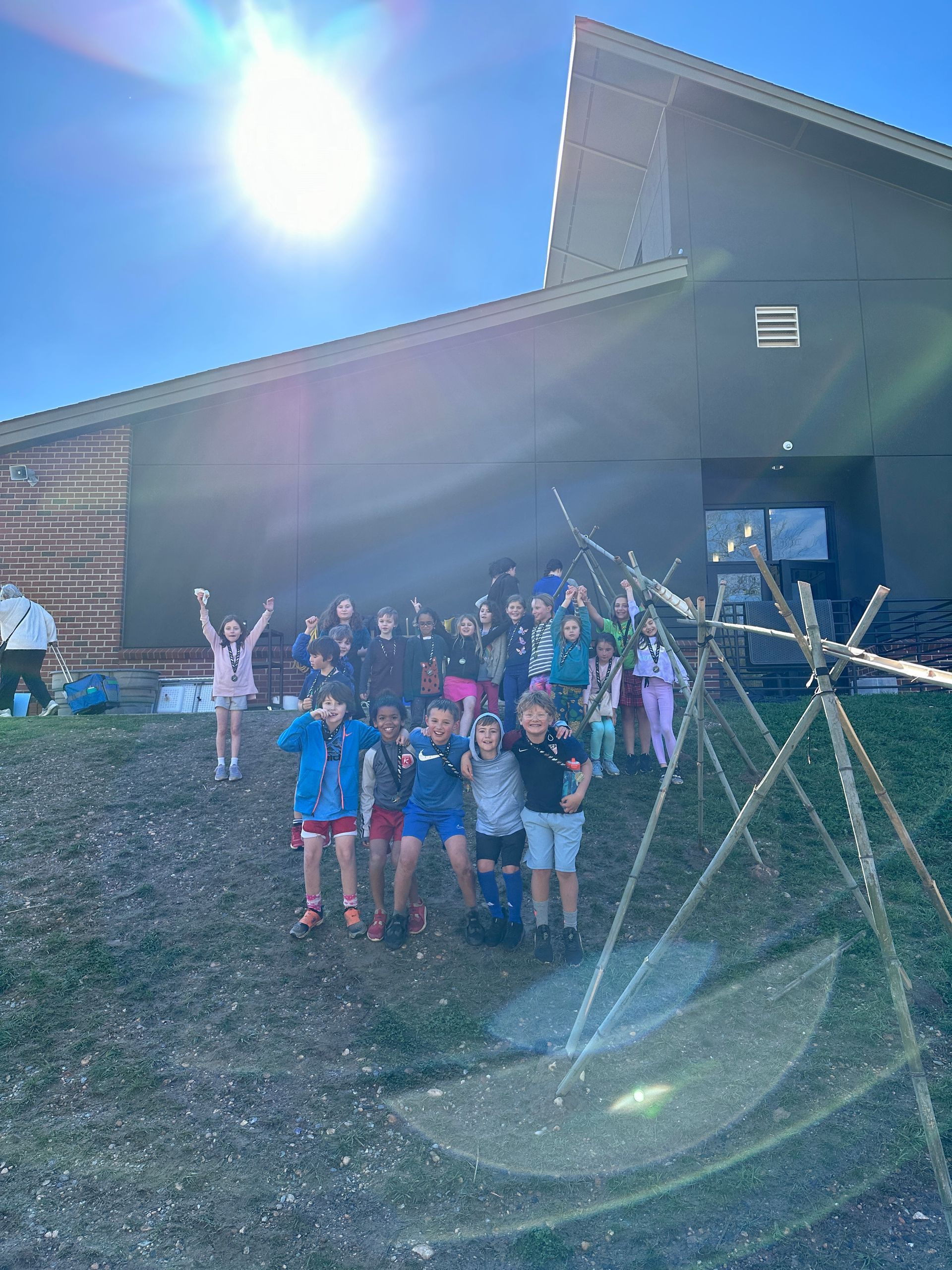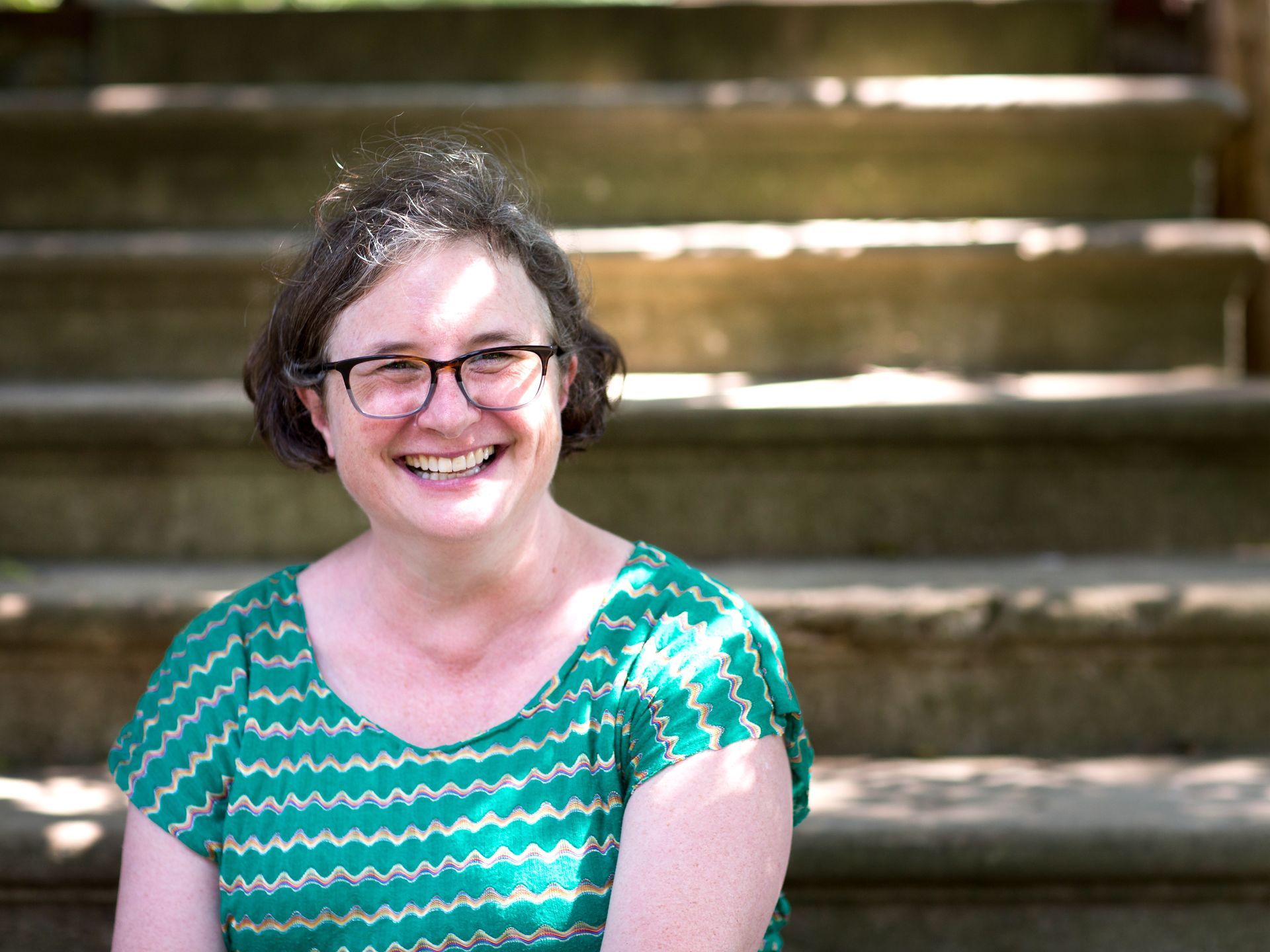Our MLK Day of Learning, Service, and Celebration: Honor MLK: Build Bridges to One Another

Students, faculty, and families of Sabot at Stony Point honored Martin Luther King Jr. Day 2017 by unfurling a 188-foot-long banner on the T. Tyler Potterfield pedestrian bridge over the James River here in Richmond. All of our students – preschoolers through eighth grade – worked on our banner, which read: “Honor MLK: Build Bridges Between One Another.”
As Sabot’s Head of School Irene Carney told local media outlet WTVR Channel 6, “We decided several years ago that we would rather honor Dr. King’s legacy by spending an intentional day together than by taking the day off from school.” In previous years we have participated in various acts of service throughout the city, and this year, our entire school worked together to paint a banner to share with our larger Richmond community. The third graders were partnered with preschool students in our Forest Room to create our section of the sign: ONE. [ Click here for a video of our banner on the bridge and click here for the Channel 6 news coverage of the event ].

In the morning before our school-wide trip to unfurl our banners on the Potterfield bridge, the third graders worked to build new bridges to deeper understanding of the day’s historical relevance.
Jasper Conner, my co-teacher Nicole’s partner, recently graduated from VCU with a degree in African-American studies. The focus of his final thesis was the civil rights movement, specifically the Virginia sit-in movements. Together, we discussed places where segregation was visibly present: schools, water fountains, bathrooms, neighborhoods, buses, churches, stores, and restaurants. To help the children understand what segregation might look and feel like, we split the class into two groups: children who have brown eyes (who would represent the privileged class) and those who have non-brown eyes. Jasper walked the children through two different scenarios – as travelers on a segregated bus and as diners at a segregated restaurant.
[wpvideo Puv7PyTJ]
Above: Jasper enacts a segregated bus scenario for the third graders…Below: …and then a segregated restaurant scenario.
[wpvideo 7J4LqOSY]
We then challenged the students to think – if this happened to you, what could you do to change things? How do you think segregation was eradicated? Jasper told the story of the restaurant sit-in movement, starting with the actions of just a few men and women to become a bigger protest, the people doing so at their own risk to expose racial inequality and injustice.
Why did people join the sit-ins?
- Alexander: They were protesting.
- Sam: I would bring my own lunch [if I was sitting there all day waiting to be served at the lunch counter].
- Lila: Or read a book or play a game.
- Jasper: The protestors would come and read a book and study for their classes.
- Lila: People threw food at them! That’s not fair! Imagine if you just sat somewhere and for no reason, someone threw a tomato at you!
- Jasper: They had to practice to stay calm if that happened.
- Alexander: [If this was in the news], the president would be upset.
- Jasper: Sit-ins took place throughout the south in early 1960s. By the summer, African-American folks could sit at the lunch counters. It took about six months. Black folks changed the entire south by sitting at the lunch counters.
- Lila: So those guys changed the world!
- Jasper: They sparked a movement. They started a civil rights movement, but they weren’t the only people.
Other questions bubbled up after we read the book, Freedom on the Menu: The Greensboro Sit-Ins by Carole Boston Weatherford. Below are questions that the children still have:
- At the white schools were there black teachers? (and vice versa)
- Why did slavery start? How did it start? Who started it?
- Why did white people need slaves? Why couldn’t whites do the work themselves?
- Why weren’t whites slaves?
- Why did whites think less of blacks?
Reese: Why did the whites not like the blacks? It could have been the other way…
We will continue to honor and explore these questions as we move deeper into our investigative research into history.
The post Our MLK Day of Learning, Service, and Celebration: Honor MLK: Build Bridges to One Another appeared first on Sabot at Stony Point.
SHARE THIS POST
